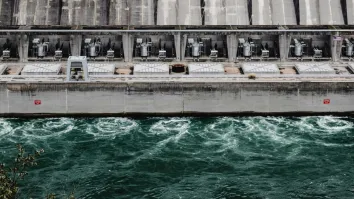India seeks skilled workforce for coal transition
Strategies and financial instruments are key to a sustainable shift.
In the quest for a just and effective transition away from coal, India is facing a crucial phase where skill enhancement and innovative financing sources become indispensable.
Gaurav Upadhyay, Energy Specialist at the Institute for Energy Economics and Financial Analysis (IEEFA), emphasises the need for a detailed strategy encompassing skill development, stakeholder engagement, and exploration of diverse financial instruments to secure the necessary funding for transition projects.
"States need to assess what they are currently spending on green initiatives and move towards integrating green budgeting," he said. This involves acquiring expertise in interdepartmental coordination, planning, and implementation. Moreover, a significant emphasis is placed on the ability to estimate the costs associated with the transition, which requires modelling knowledge.
An essential aspect of securing transition funding is understanding the various sources available, including the potential of research organisations in raising public finances.
"States need to grasp the technical know-how of securing finances from green avenues," Upadhyay suggested, highlighting the development of framework guidelines and the importance of stakeholder engagement in this process.
When discussing specific funding mechanisms, Upadhyay sheds light on the potential of bonds and the role of institutional investors. States have the option to raise funds through green bonds, municipal bonds, and sustainability-linked bonds.
"These instruments can support normal transition activities as well as aid communities affected by the transition," he explained. The approach includes scaling, economic diversification, and bolstering social safety nets.
Green bonds, in particular, have shown great promise in raising funds for green initiatives at lower interest rates compared to conventional bonds, attracting investors with their low environmental, social, and governance (ESG) risk and offering significant tax savings.
"India has issued around $21 billion in green bonds by February 2023," Upadhyay noted, referencing a World Bank report. However, he points out that a substantial portion of these bonds has been issued by the private sector, indicating a vast untapped potential for the public sector, including the issuance of sovereign and municipal bonds.
Municipal bonds and sustainability-linked bonds also play a crucial role in financing green initiatives at the local body level and linking outcomes to sustainability goals, respectively. These instruments cater to the increasing demand for ESG-compliant investments, providing a pathway for funding environmentally sustainable projects.



















 Advertise
Advertise






Commentary
How pump retrofits boost profitability and efficiency in ageing power plants